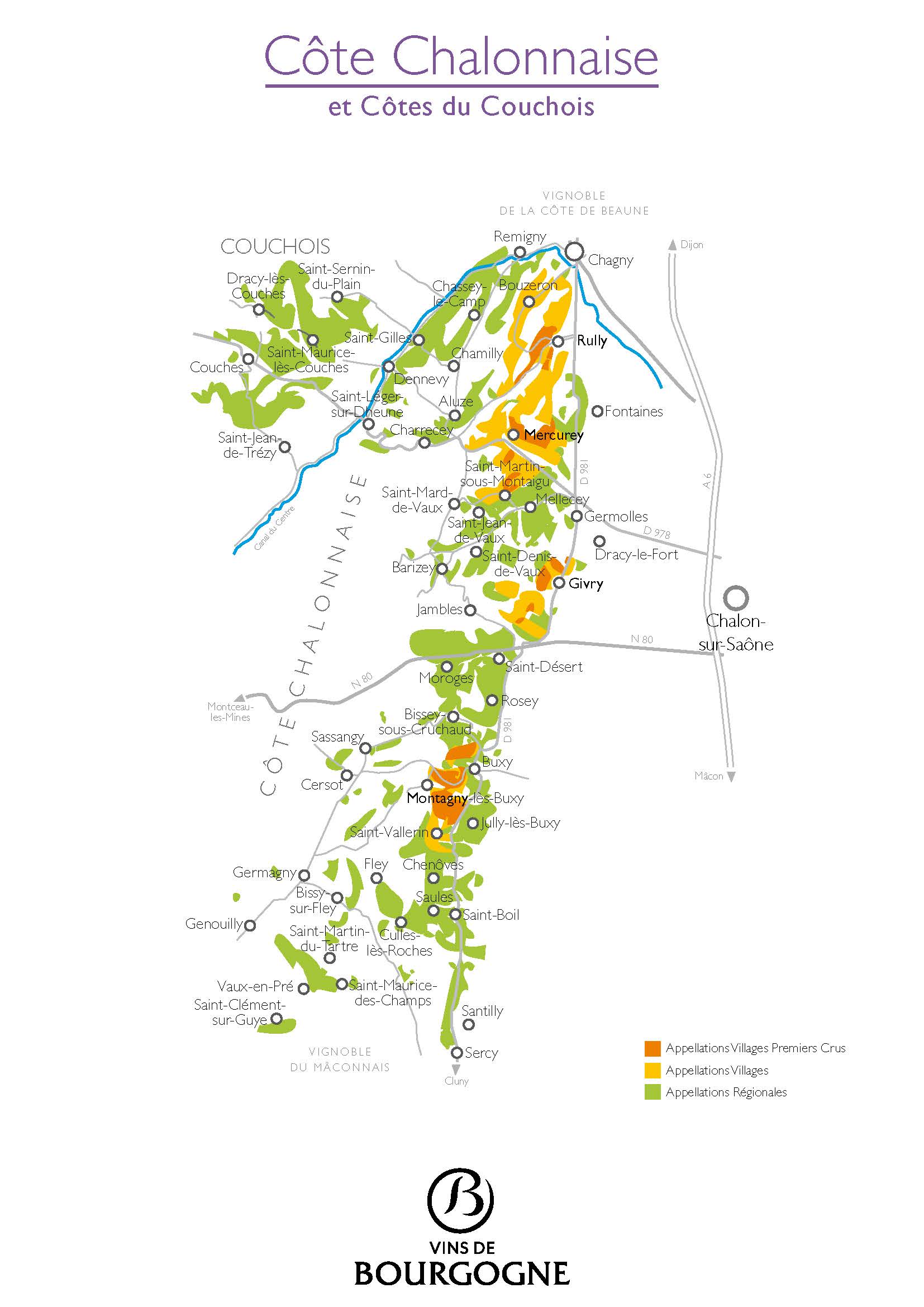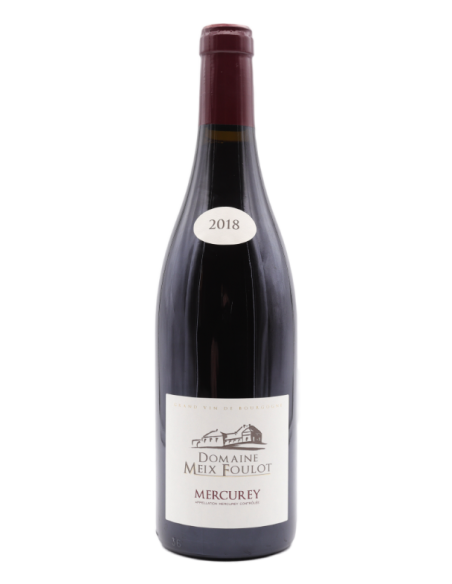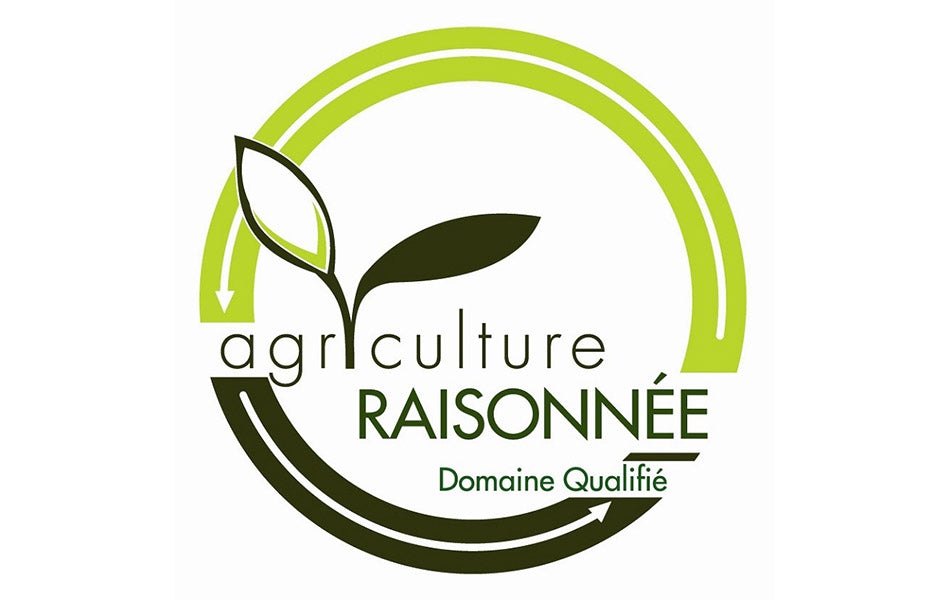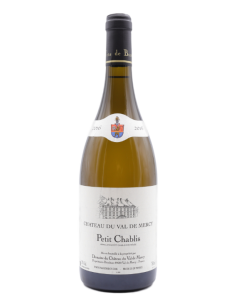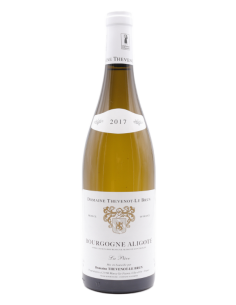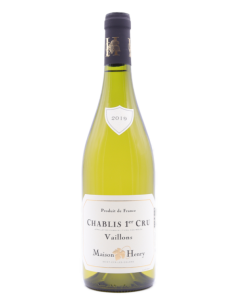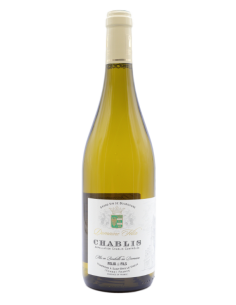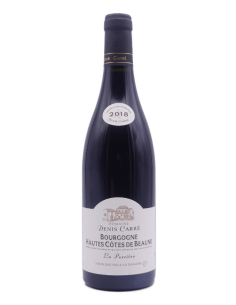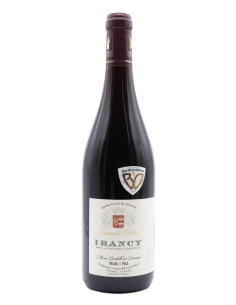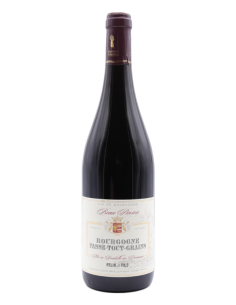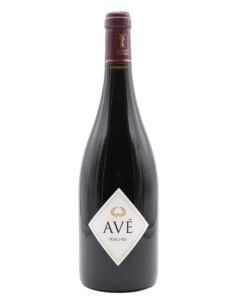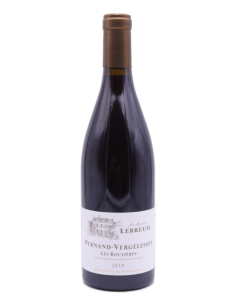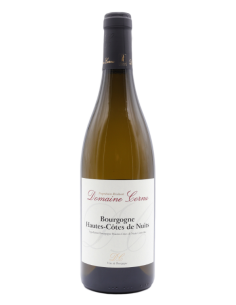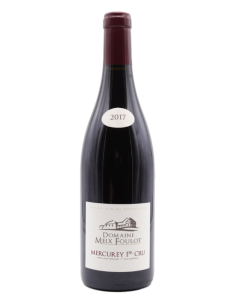The domain
The Meix Foulot estate, located on the foothills of the ruins of the Château de Montaigu (one of the last bastions of the Dukes of Burgundy), has belonged to the family for more than two centuries today. The great-great-grandfather of the family created the Mercurey appellation in 1923. But it was really Paul de Launay, the father of Agnès Dewé de Launay, the current owner-harvester, who created the estate with its own style and reputation in 1956.
Modest in size, the Meix Foulot estate will grow from year to year, always in search of quality and authenticity. Paul de Launay was undoubtedly a forerunner in controlling yields, seeking maximum concentration in his wines, while working as closely as possible to nature (ploughing the vines, treating them only when necessary).
Thus in 2008, the estate passed the milestone of "sustainable agriculture" certification.
Terroir and breeding
Elaborated on a 7-hectare terroir, with vines aged from 5 to 52 years. Soil: Marl, clay, silt, limestone subsoil. Exposure: South, east, south-east or south-west.
This cuvée is the most important of the estate in terms of volume, and its optimum quality is maintained from one vintage to another. In fact, this wine is the result of a blend of cuvees from different Mercurey terroirs each year, which is brought into question a few months before bottling. The diversity of the terroirs exploited by the Domaine du Meix Foulot allows a certain regularity and harmony from one year to the next.
The hand-picked grapes are transported in crates every ¾ hour maximum to the vatting room to be sorted by the estate team and then 100% destemmed before vatting for 2 to 3 weeks depending on the vintage. The yeast inoculation is natural. Pigeage and pumping over are carried out according to the richness of the vintage. The wine is aged 40% in vats to preserve the freshness of the fruit, 60% in barrels (aged 2 to 5 years) to complex the range of aromas. After malolactic fermentation (which generally takes place in May and June) the wine is racked and then prepared for bottling 16 to 18 months after the harvest. In general, filtration is not carried out, as the turbidity of the wines is very low.
Tasting notes
The robe is brilliant with a beautiful garnet red. The nose is intense and complex with the traditional palette of red fruits (cherry, raspberry, redcurrant). The wood is discreet and melted. When young, the palate is spiced up by these fruits and is harmoniously balanced by a present but delicate tannic structure, with the years the tannins melt and the fruits ripen.
This cuvée will go perfectly with a large number of dishes from the simplest to the most sophisticated: when young, it will go well with all white and red meats, grilled meats and cheeses. More mature, it reveals its richness with marinated red meats, simmered and always with a cheese platter.
This bottle can be appreciated quite quickly (2 years, i.e. when it is put on the market), but it will bear very well to be forgotten 7-8 years, it will reveal even more roundness and persistence.
Serve at around 17°. Opening the bottle one hour before serving will allow the fruit aromas to fully develop.
Region map
